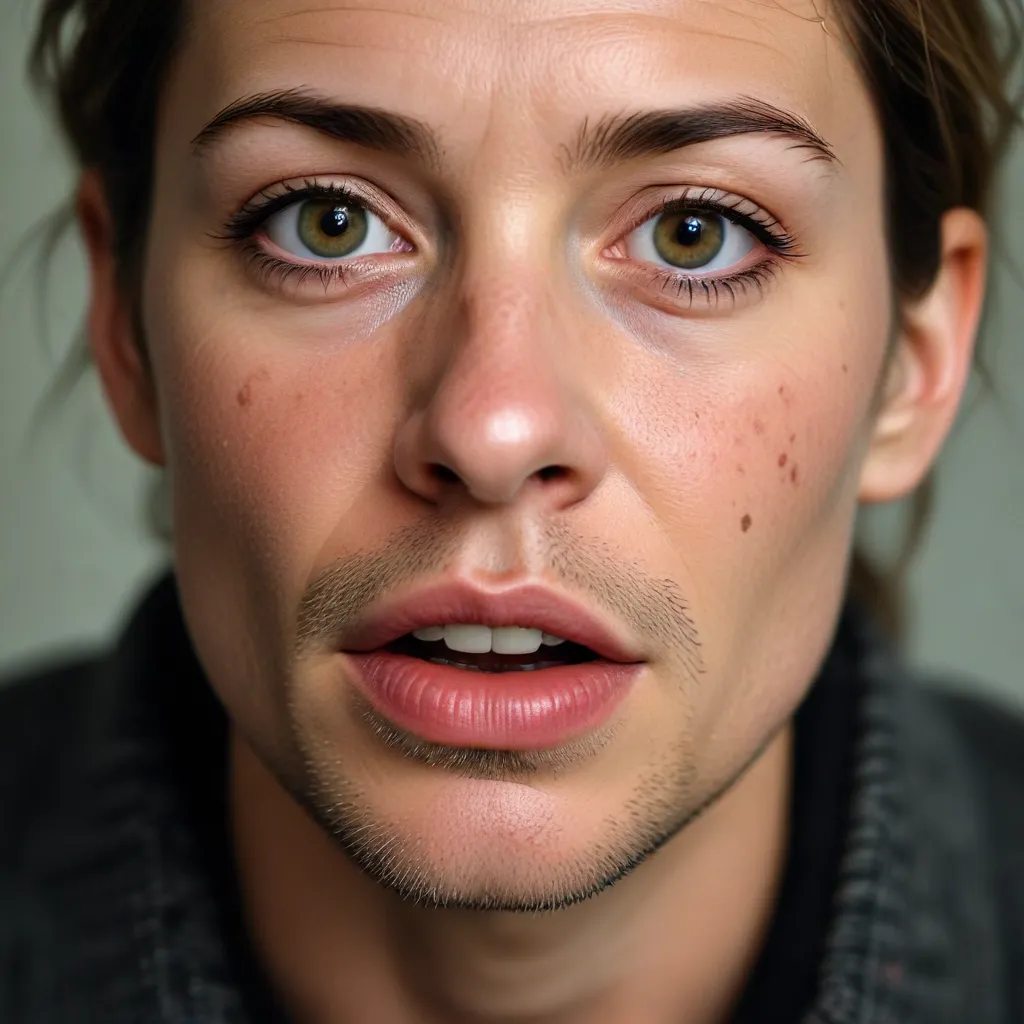
Ugly: A Cinematic Exploration of Identity and Resilience
In the not-so-distant future, a world devastated by resource depletion compels scientists to develop revolutionary solutions – from genetically engineered orchids as energy sources to surgical procedures that enhance the appearance and fitness of humanity, all in the name of eliminating prejudice and discrimination. This is the captivating premise of the Netflix film “Ugly – Verlier nicht dein Gesicht,” based on the renowned novel series by Scott Westerfeld.
Themes and Motifs
Appearance and Identity
At the heart of this dystopian narrative lies a profound exploration of the complex relationship between appearance and identity. In a society where physical “perfection” is mandated by law, the film delves into the psychological impact of this surgically enforced transformation, known as the “Pretty” operation. The protagonist, Tally Youngblood, and her friends must grapple with the notion of relinquishing their natural features and individuality in exchange for a homogenized, socially acceptable appearance.
Social Perceptions
Closely linked to the theme of appearance is the film’s examination of social perceptions and the inherent biases that govern this futuristic world. The segregation of the population into “Uglies” and “Pretties” highlights the dangerous ramifications of judging individuals solely on the basis of their physical attributes. Tally’s journey challenges these preconceptions, as she navigates the complexities of loyalty, friendship, and the pursuit of personal freedom.
Emotional Resilience
Amidst the dystopian backdrop, “Ugly – Verlier nicht dein Gesicht” explores the remarkable resilience of the human spirit. As Tally and her allies confront the oppressive system, they must demonstrate unwavering courage, adaptability, and a willingness to question the status quo. The film’s emotional core lies in the characters’ ability to maintain their sense of self and moral compass, even in the face of overwhelming external pressures.
Character Archetypes
Protagonist
Tally Youngblood, the film’s central character, embodies the quintessential hero’s journey. As an “Ugly” navigating a world that values physical appearance above all else, Tally’s awakening to the truth behind the “Pretty” operation sets her on a path of self-discovery and rebellion. Her transformation from a compliant citizen to a determined rebel is both compelling and relatable, as she grapples with the complexities of identity, loyalty, and the pursuit of justice.
Supporting Characters
Tally’s journey is further enriched by a diverse cast of supporting characters, each with their own motivations and personal struggles. Shay, a fellow “Ugly” who embraces the rebel lifestyle, provides a foil to Tally’s initial hesitation, challenging her to question the system. Peris, Tally’s childhood friend, represents the internal conflict of those who have undergone the “Pretty” transformation, serving as a poignant reminder of the personal sacrifices required by the oppressive regime.
Antagonist
The primary antagonist in “Ugly – Verlier nicht dein Gesicht” is not a single individual, but rather the systemic control and dehumanization imposed by the governing authorities. Dr. Cable, the administrator of the “Pretty” program, embodies the unyielding nature of this oppressive system, driven by a desire to maintain order and conformity at the expense of individual autonomy.
Narrative Structure
Plot Development
The film’s narrative unfolds in a captivating manner, seamlessly blending elements of science fiction, social commentary, and emotional drama. The initial setup, where Tally grapples with the impending “Pretty” operation, sets the stage for a compelling journey of self-discovery and rebellion. As Tally’s path intersects with the rebel movement, the story gains momentum, culminating in a thrilling climax that challenges the very foundations of the futuristic society.
Storytelling Techniques
The filmmakers employ a range of storytelling techniques to enhance the cinematic experience. The use of flashbacks and nonlinear narrative structures allows the audience to explore the characters’ backstories and the events that led to the current state of the world. Additionally, the film’s visual language, with its striking color palettes and cinematographic choices, heightens the sense of tension and immersion.
Thematic Progression
The film’s thematic exploration unfolds in a nuanced and layered manner, with each narrative arc contributing to the overarching themes of identity, social perceptions, and emotional resilience. As Tally navigates the complexities of her world, the film gradually reveals the deeper philosophical implications of the “Pretty” operation, challenging the audience to question the nature of beauty, individuality, and the price of conformity.
Aesthetic Considerations
Cinematography
The visual storytelling of “Ugly – Verlier nicht dein Gesicht” is a standout aspect of the film. The cinematography employs a dynamic range of techniques, from sweeping aerial shots that convey the scale of the dystopian world to intimate close-ups that delve into the characters’ emotional experiences. The use of lighting and camera angles effectively heighten the sense of tension and unease, while also highlighting the stark contrast between the “Ugly” and “Pretty” realms.
Production Design
The film’s production design is a testament to the attention to detail and world-building prowess of the creative team. The futuristic cityscapes, with their sleek, minimalist architecture and vibrant color schemes, serve as a visual manifestation of the society’s obsession with physical perfection. Conversely, the natural landscapes of the rebel enclave, “The Smoke,” offer a stark contrast, embracing a more organic and environmentally-conscious aesthetic.
Soundtrack and Score
The film’s musical score plays a crucial role in shaping the emotional journey of the narrative. Composed with a blend of electronic and orchestral elements, the score reflects the film’s underlying themes of conflict, rebellion, and self-discovery. The strategic use of sound design further enhances the cinematic experience, with the ambient soundscapes and carefully curated sound effects immersing the audience in the dystopian world.
“Ugly – Verlier nicht dein Gesicht” is a thought-provoking and visually stunning exploration of identity, social constructs, and the resilience of the human spirit. Through its captivating narrative, richly drawn characters, and masterful cinematic techniques, the film invites the audience to confront the complexities of a world obsessed with physical perfection and the consequences of conformity. As Tally’s journey unfolds, the film serves as a poignant reflection on the timeless values of individuality, self-acceptance, and the power of resistance in the face of oppression.
